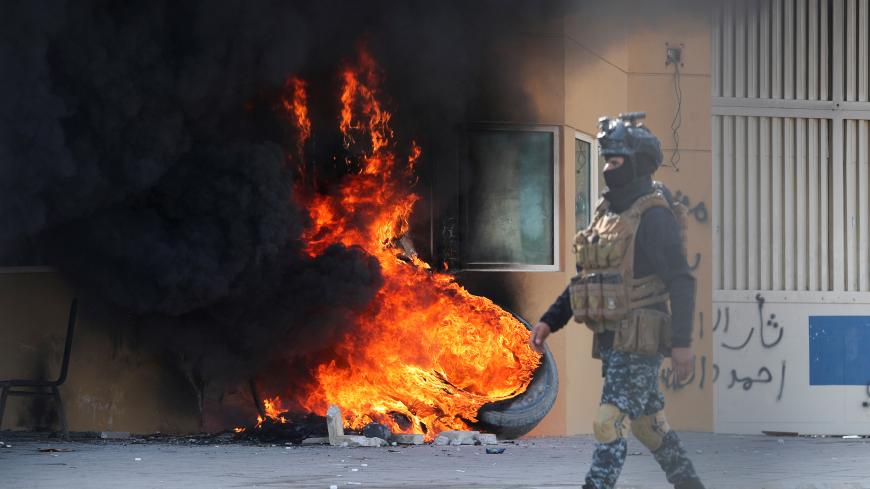Rising US-Iranian tensions over the past week have seemingly brought the two sides closer to outright confrontation than at any time in the past four decades. Tehran’s vow to take revenge for the US drone strike Jan. 3 that killed the commander of the Islamic Revolutionary Guard Corps (IRGC) Quds Force, Qasem Soleimani, along with Abu Mahdi al-Muhandis, deputy head of the Popular Mobilization Units (PMU), or Hashid Shaabi, last week in Baghdad has been met with equally bellicose statements by US President Donald Trump, who sent 3,500 additional troops to the Middle East after the assassination and promised that any Iranian action would be met with a massive US military response.
Meanwhile, rockets have been aimed in the vicinity of the Green Zone housing the US Embassy in Baghdad, and the Iraqi Council of Representatives — under pressure from Iranian-linked militia groups within the PMU — passed the first reading of legislation demanding the complete withdrawal of American forces from Baghdad.



